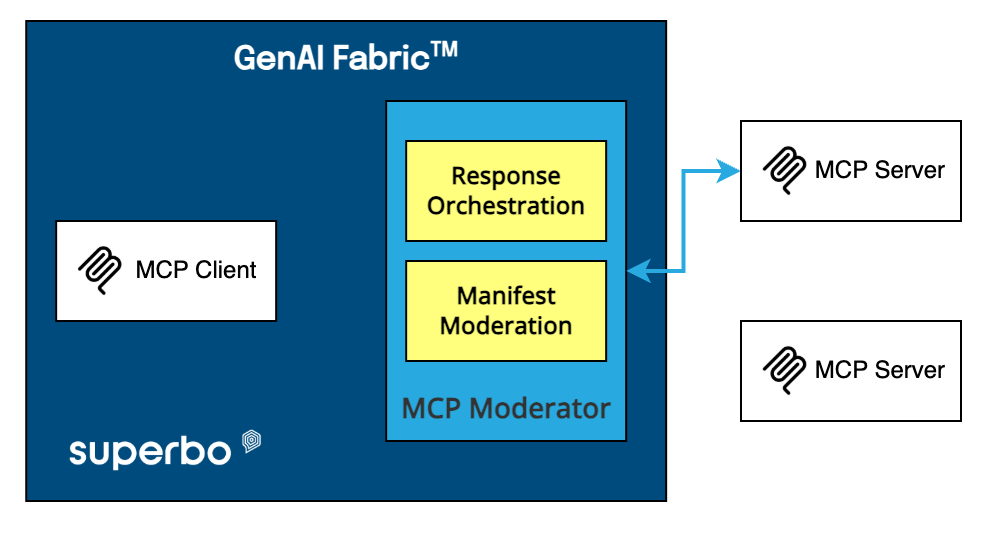In the world of AI and data, data architecture plays a critical role in shaping an organization’s ability to manage and leverage its data. For companies launching AI and agentic AI projects, a well-designed data architecture is crucial for scaling initiatives, driving insights, and enabling innovation. This article explores the fundamental components of data architecture, its importance, and the considerations for building a robust data architecture in today’s AI landscape.
What is Data Architecture?
Data architecture is the structured framework that governs the flow, storage, management and utilization of data across an organization. It provides the blueprint for how data is collected, transformed, stored, and made accessible for analysis and decision-making. By integrating various components like data models, governance policies, and processing systems, data architecture ensures that data is accessible, secure, and aligned with business needs.
Why is Data Architecture Needed?
Data architecture is essential for several reasons:
- Foundation for AI Initiatives: AI systems require vast amounts of high-quality data for training, prediction, and decision-making. A solid data architecture ensures that AI systems have access to well-organized and relevant data. In the absence of a well-structured data framework, AI models risk being inaccurate or inefficient.
- Efficiency and Scalability: Data architecture optimizes how data is stored and retrieved, reducing operational bottlenecks and allowing AI systems to scale as needed. As organizations accumulate data from various sources, such as IoT devices or customer interactions, having a well-thought-out architecture ensures seamless integration.
- Ensuring Data Quality and Governance: AI models are only as good as the data they are fed. A sound architecture ensures data quality through governance frameworks, which help maintain data integrity, security, and consistency across all touchpoints.
- Regulatory and Ethical Considerations: With growing concerns over data privacy, security, and the ethical use of AI, data architecture provides the necessary structure to enforce compliance with regulations like GDPR while supporting transparent data handling processes.
Special Considerations: AI Ethics and Data Privacy
As organizations increasingly rely on AI, ethical considerations around data usage become paramount. Ethical AI development requires transparency in how data is collected, processed, and used, ensuring that AI systems do not perpetuate bias or inequities. One of the key challenges in AI is the potential for biased outcomes, which can occur when the training data reflects historical prejudices or lacks diversity. To mitigate this, organizations must adopt robust data governance practices that enforce fairness and accountability throughout the AI development lifecycle.
Additionally, complying with data privacy laws—such as GDPR and CCPA—is not just a legal obligation but a critical element in maintaining trust with customers. Privacy-preserving techniques like encryption, access control, and anonymization should be built into the architecture from the start, ensuring that sensitive information is protected at all times.
Data architecture must also address the transparency and traceability of data, which includes tracking data lineage, ownership, and usage throughout the AI lifecycle. Metadata management plays a crucial role here, providing detailed context about the origins, transformations, and handling of data. This ensures that stakeholders can verify how data is being used and ensures accountability at every stage.
In short, a strong data architecture enables organizations to build AI systems that are not only effective but also ethical, compliant, and fair. By focusing on these elements, businesses can foster trust, meet regulatory requirements, and create AI solutions that benefit both the organization and society as a whole.
Components of Data Architecture
A well-constructed data architecture includes several key components:
- Data Models: Data models are blueprints that define how data is organized, related, and processed within an organization. These models play a critical role in training AI systems by ensuring relevant data relationships are structured for optimal machine learning.
- Data Storage Solutions: Modern architectures typically incorporate various storage systems, such as data lakes, data warehouses, and data lake houses, each optimized for different types of data—structured, semi-structured, and unstructured.
- Data Integration Mechanisms: Data must flow seamlessly from multiple sources to support AI applications. Data integration often relies on APIs and ETL processes to streamline data from various sources such as CRM systems, IoT devices, and customer databases into a unified architecture.
- Data Governance and Security: Data governance frameworks are essential for managing who has access to data and ensuring that data use complies with internal and external policies.
- AI-Specific Data Challenges: AI-driven organizations face unique challenges that significantly impact the design and implementation of data architecture. These challenges revolve around managing large-scale, complex data streams, ensuring the quality and bias-free nature of training data, and handling real-time data for predictive models.
- Handling Large-Scale Real-Time Data: AI systems often require continuous access to real-time data from sources such as IoT devices, social media streams, or transactional systems. Ensuring that the data architecture can process and analyze this data at scale, with low latency, is critical for the performance of AI applications, especially for real-time analytics and decision-making.
- Ensuring Bias-Free Data for AI Models: The quality and representativeness of data directly impact AI model outcomes. Data used for AI training can sometimes contain biases—whether from unbalanced datasets or historical prejudices—which may lead to skewed or unfair predictions. Architectures must support ongoing data auditing to ensure diversity and fairness in training datasets, preventing the perpetuation of bias.
- Managing Data Feedback Loops: AI models often generate predictions and insights that need to be reintegrated into the system for continuous learning and improvement. This creates complex feedback loops that need to be managed carefully within the data architecture. Organizations must ensure that the data flows in a way that supports iterative learning while maintaining the integrity of historical data.
- Supporting High-Volume Data from Multiple Sources: As organizations deploy AI at scale, they often encounter data from numerous sources, such as customer interactions, IoT sensors, and transactional systems. Integrating diverse data into a unified framework requires sophisticated data pipelines and integration mechanisms to ensure AI models access timely and accurate data
Addressing these AI-specific data challenges requires a forward-thinking approach to data architecture, incorporating solutions that handle scale, complexity, and bias, while supporting real-time analytics and continuous model improvement.
How to Build a Data Architecture: Best Practices
Building a modern data architecture involves several best practices:
- Align with Business and AI Objectives: Start by understanding the specific business needs and AI goals of the organization. This will help tailor the architecture to the demands of various stakeholders.
- Choose the Right Technology Stack: Depending on the data volume and complexity, select scalable solutions, such as cloud-based platforms, to handle the growing needs of data storage, processing, and real-time analysis.
- Design Efficient Data Pipelines: Establish workflows for how data will move through the organization, ensuring that it’s properly cleaned, transformed, and integrated into analytics or AI models. Efficient data pipelines should ensure not only the cleanliness and transformation of data but also its freshness, particularly for real-time AI models that rely on up-to-the-minute information.
- Implement Data Governance and Compliance: Enforce policies that ensure data quality, privacy, and compliance with regulations such as GDPR. Strong governance prevents issues related to bias and data misuse in AI models.
- Embrace Scalability and Flexibility: Modern data architectures should be agile, enabling businesses to scale their AI initiatives. This includes adopting cloud-native solutions, microservices, and real-time data processing capabilities.
What to Do When Starting a GenAI/Agentic AI Project Without a Data Architecture
If your organization needs to embark on a next-gen AI project but lacks a solid data architecture, follow these steps:
- Start Small and Build Iteratively: Begin by focusing on essential data needs and build minimal viable pipelines for the most critical AI applications.
- Leverage Cloud-Based Platforms: Use cloud services like AWS, Azure, or Google Cloud to quickly set up scalable, on-demand data storage and processing solutions without needing a fully developed architecture. Leveraging cloud-based platforms not only provides scalable storage but also streamlines AI model deployment and training through integrated MLOps tools, ensuring efficient and continuous model improvement.
- Implement Governance from Day One: Even in the absence of a full data architecture, establish governance practices to ensure data quality, privacy, and security.
- Iterate and Scale: As the project evolves, incrementally build out more complex data structures to support long-term AI and analytics goals.
Conclusion
A solid data architecture is foundational for any organization pursuing AI initiatives. It provides the necessary structure to manage data efficiently, ensure data quality, and scale AI capabilities. For organizations without an existing architecture, starting small and leveraging flexible, cloud-based solutions can enable quick progress while laying the groundwork for future innovation.
As AI technologies continue to evolve, so too must data architectures. The increasing complexity of AI applications, from real-time analytics to advanced machine learning models, requires architectures that are scalable, flexible, and capable of managing vast, diverse datasets. By investing in robust, adaptable data frameworks today, organizations not only meet their current AI needs but also position themselves to handle future challenges, such as expanding data sources and ensuring real-time decision-making capabilities.
Incorporating ethical AI practices, such as bias prevention, data privacy, and compliance with regulations, is crucial for building trust and ensuring responsible AI deployment. Organizations that prioritize ethical data handling and governance will not only maintain regulatory compliance but also foster innovation in a way that is transparent and accountable.
By adopting a comprehensive approach to data architecture, organizations can confidently scale their AI initiatives, drive long-term innovation, and maintain a competitive edge in the rapidly evolving AI landscape.







